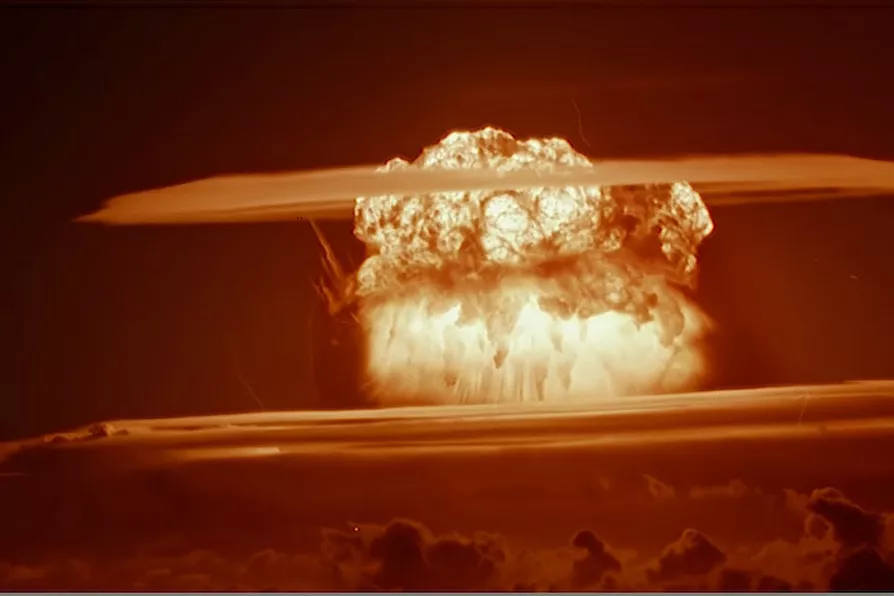Once the bustling heart of Christian pilgrimage, Bethlehem now faces shuttered hotels, empty streets and a shrinking Christian community, while Israel’s assault on Gaza and the tightening grip of occupation destroy hopes of peace at the birthplace of Christ, writes Father GEOFF BOTTOMS

 A mushroom cloud from a US nuclear bomb test in 1954
A mushroom cloud from a US nuclear bomb test in 1954
LAST night’s attack on Yemen by US, Britain and other forces is a dangerous escalation of the war in the Middle East. The attack is intended to halt the Houthi support for the people of Gaza that has taken the form of attacks on Israel-bound shipping. But as the Houthis have made clear, the attacks will not end their support for the Palestinians.
The only way to stop this unfolding and escalating conflict in the Middle East, is to stop the war on Gaza: to implement an immediate and permanent ceasefire and to ensure freedom and sovereignty for Palestine, as enshrined in UN resolutions and international law.
The alternative to this course of action is the further spread of war, to Yemen, Lebanon, and even to Iran. This is the most dangerous time for more than two decades in the Middle East and it clearly raises the spectre of nuclear weapons use.

While Trump praises the ‘successful’ attack on Iranian nuclear sites, the question arises as to the real motives behind this escalation. MARC VANDEPITTE explores the issues

LINDA PENTZ GUNTER reports from London’s massive demonstration, where Iranian flags joined Palestinian banners and protesters warned of the dangers of escalation by the US, only hours before a fresh phase of the war began

MICAELA TRACEY-RAMOS explains how Britain’s largest union is putting pressure on the British government to recognise the Palestinian state and end its complicity with Israel’s murderous actions












